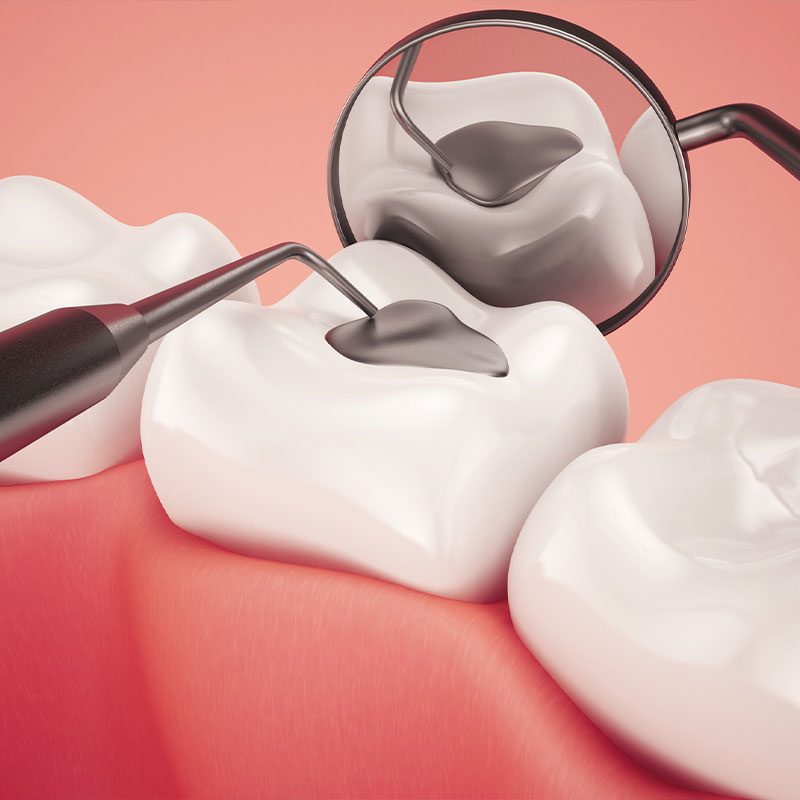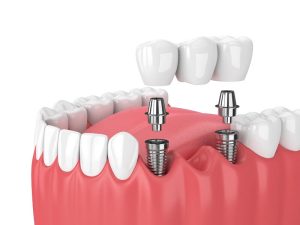
Composite filling material (white filling) is a tooth colored material that can be used to restore cavities instead of the traditional silver fillings. Composite fillings have become the preferred choice for many dentists because they can be custom matched to the natural teeth. Composite fillings also have the unique property which allows them to bond to the surrounding tooth structure offering greater strength and retention.
There are different types of composite material each having advantages and disadvantages. The options of tooth restoration materials are best discussed with one of our dentists.
Composite Filling Materials
Composite filling materials are placed for the following reasons: A tooth is chipped, cracked, worn, broken or decayed, or to restore cavities. Composite fillings can also be used to close the space (gaps) between teeth.
Composite fillings can easily be placed in one appointment. At the appointment, one of our dentists will numb the tooth carefully remove the decay, and clean the surface of the tooth. Then the composite filling will be placed and shaped to restore the tooth to its original contour. You may experience sensitivity to hot and cold following placement of the material, however, this will subside as the tooth heals and becomes accustomed to the filling.
Following each visit with one of our dentists, you will receive home care instructions for how to best care for your new composite fillings. Remember, regular dental visits combined with good eating habits and oral hygiene help lengthen the life of your fillings.
Educational Video:
Frequently Asked Questions for Composite Fillings
Composite fillings last 5 to 7 years, depending on where the filling is located, existing conditions, and your lifestyle (diet, oral hygiene, etc.) In best-case scenarios, your filling may last up to 10 or more years before needing to be replaced.
Compared to traditional fillings (amalgam fillings), composite fillings are much more complex and may take longer to place. Likewise, they typically cost more due to providing a more natural appearance than their metal counterparts. That said, the white color makes composite fillings more prone to staining and they may wear out faster, leading to sensitivity.
Overall, composite fillings are very successful, with an annual failure rate of only 1% to 3% in posterior teeth (teeth located at the back of the mouth) and 1% to 5% in anterior teeth (the twelve teeth at the front of the mouth).
Unlike traditional fillings dating back thousands of years, composite fillings are relatively new, first introduced in the 60s. Our dentists often prefer composite fillings over traditional ones due to their ability to offer an unnoticeable natural finish.
During the procedure, one of our dentists will use an anesthetic to numb the tooth and surrounding tissues. You may feel pressure as the filling is situated into your mouth, but you shouldn’t feel any pain.
Our Dental Office Locations
Same and Next Day New Patient Appointments Available!
Glendale
8519 N 59th Ave, Glendale, AZ 85302, United States
Cave Creek
28255 N Tatum Blvd Suite 4, Cave Creek, AZ 85331, United States
Phoenix
1820 W Thunderbird Rd suite 1, Phoenix, AZ 85023, United States













